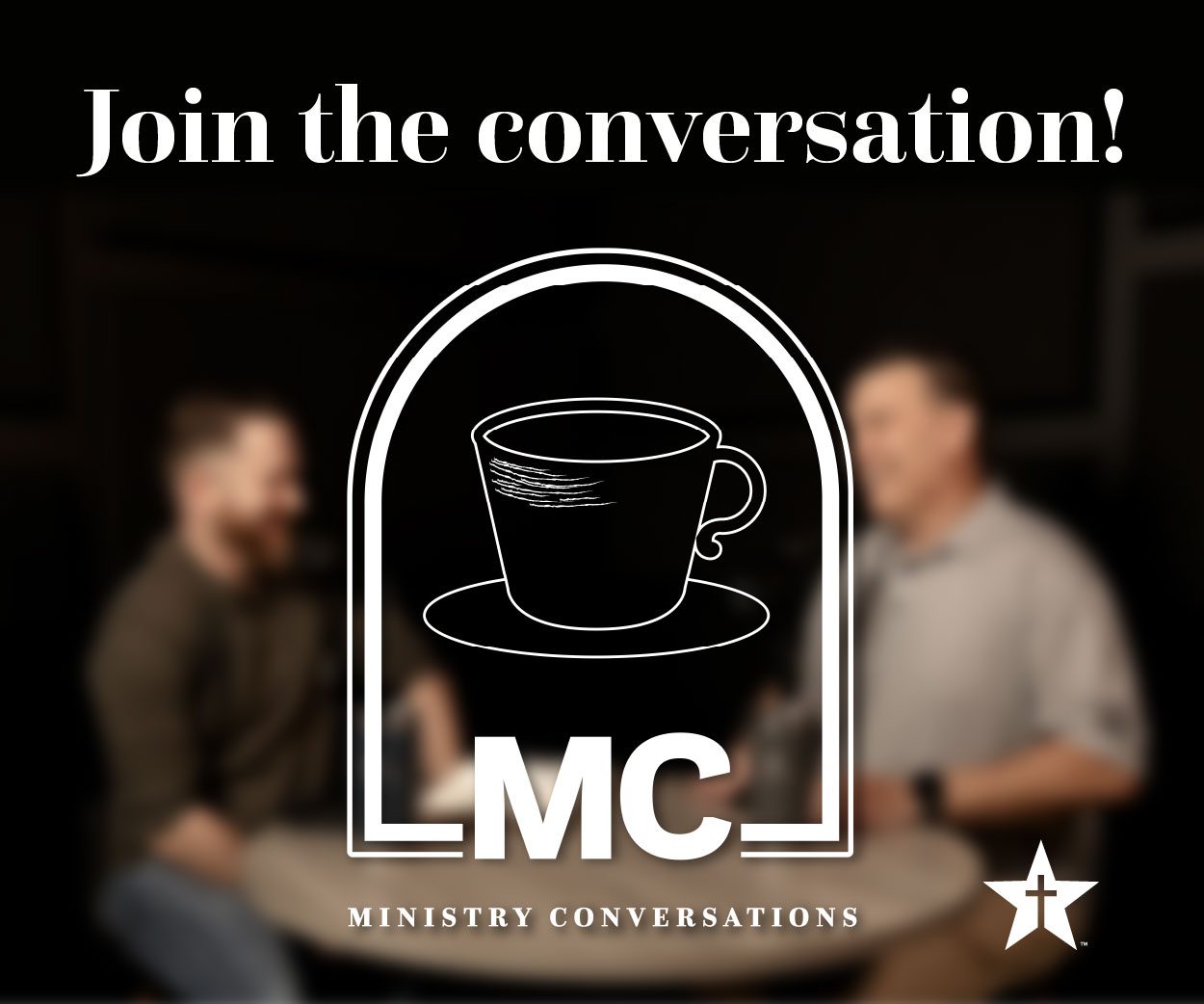Posted: 10/27/06
| Gary Glass, Plainview fire chief, signs his name to the bottom of a bowl he created for the Empty Bowls project during a pottery session. Glass and wife Melody joined the women’s basketball squad in creating pots for the hunger relief effort. |
Empty bowls help fill ministry’s empty shelves
By Teresa Young
Wayland Baptist University
PLAINVIEW—Normally, a lump of clay has nothing to do with the plight of world hunger. But for a project at Wayland Baptist University, the two are tightly interwoven.
The university’s fine arts division is participating in the Empty Bowls project, where people from all walks of life create unique pottery bowls with guidance from an instructor. The bowls are then sold to raise money for local hunger-relief organizations. But there’s another purpose for the project, as well.
 |
| Stephanie Shaw, assistant coach to the Wayland Flying Queens, works on her bowl alongside Mark Hilliard, assistant professor of art, at a bowl-making session held recently. Shaw and the other Queens players created two bowls each during the evening. |
“The basic idea is to generate awareness of hunger in the world, as well as raise money for the food banks,” said Mark Hilliard, assistant professor of art at Wayland.
“Each time you use the bowl, it should remind you of those in the world who have nothing to eat.”
An accomplished sculptor, Hilliard said he already was familiar with Empty Bowls, an international effort started in 1990 by The Imagine/Render Group, a nonprofit organization dedicated to positive social change through the arts.
When he heard news reports in the early fall that Plainview’s Faith in Sharing House had bare shelves and needed help from the community, he got the idea to bring Empty Bowls to Wayland.
Hilliard took a proposal to the university’s fine arts division and gained not only their support but also their commitment to participate. Then when the idea was brought to Claude Lusk, vice president of enrollment management at Wayland, the project took on a whole new life.
Lusk, who also is president of the Plainview Chamber of Commerce, thought about marrying the Empty Bowls project with the chamber’s annual banquet.
“I’ve been planning for the chamber banquet and was working toward that when I met with Dr. Ann Stutes (division co-chair) and Mark Hilliard about the Empty Bowls concept, and I felt like the two things worked together,” Lusk said.
 |
| Anastasia Okolo, a junior guard for the Flying Queens from Houston, adds some finishing touches to the outside of her Empty Bowls project during a pottery session. |
“Part of who we are as a chamber should be supporting this type of activity, and I thought they might work together well. It will be a significant departure from what we normally do as a banquet, but I think it’ll be a positive event that will show our heart.”
The chamber executive board ap-proved the idea and began working out details on the February 2007 event. Some specifics still are in the planning process—exact dates of the banquet, location and entertainment—but the bowls will be a big emphasis.
As in past years, the banquet will honor a man and woman of the year for the city, and the community will benefit as all money raised goes to Faith in Sharing House.
During the event, the bowls will be on display, and banquet participants will choose one from which to eat that evening’s meal. They will keep the bowl as a reminder of the plight of the hungry and the need to support hunger-relief efforts. Lusk believes the community will embrace the different format.
“Just the nature of looking at the bowls will lead to much more mixing and mingling than the banquet normally allows for. … It’ll be a more casual atmosphere,” he said. “I wanted to take the opportunity while I had some influence over the event to attach it to a real service-minded effort. When you look at who has won the man- and woman-of-the-year awards, I don’t think there’s a person there that would mind.”
Hilliard has been excited to see the project unfold. He’s set up sessions through February for student groups, employees and others to create bowls, and the shelves are beginning to fill with the unique creations.
“I knew we had resources we could use, and if we could get help from others, we could do this,” he said, adding Wayland has donated the clay for the bowls.
Now, Hilliard hopes to recruit community organizations as well to help create 600 bowls. He is quick to point out no artistic talent is required.
“We’ll walk everyone through the process with demonstrations and hands-on experience,” he said. “We’ll probably hand-build most of the bowls, but if you know how to throw (on a potter’s wheel), then you could do that too.”
Sessions are set up for two hours on Monday and Wednesday nights and on most Saturdays through Nov. 18 by appointment.
During the two-hour time, most participants will be able to create two bowls each, and designs can be anything they choose.
A mold is used to create uniformity in the bowls’ capacity and basic shape, but the rest is left to creativity.
Some sessions down the road may involve glazing bowls that already have been created. The plan is to make 400 two-pound individual bowls and 200 three-pound serving bowls.
“There will be a wide variety of styles available for folks to choose from at the banquet,” Hilliard said. “Some are plain; some are fancier. And each one is stamped on the bottom with Empty Bowls and signed by the artist.”
Organizers hope to enlist some local “celebrity” artists to create special bowls to be auctioned for additional funds. The fine arts faculty members already are planning to bring their particular talents into the mix as well.
The speech department is planning dramatic readings, and music and theater are enlisting performers. The art department plans an exhibit in conjunction and is gathering pieces from area artists to be donated and auctioned at the event.
















We seek to connect God’s story and God’s people around the world. To learn more about God’s story, click here.
Send comments and feedback to Eric Black, our editor. For comments to be published, please specify “letter to the editor.” Maximum length for publication is 300 words.